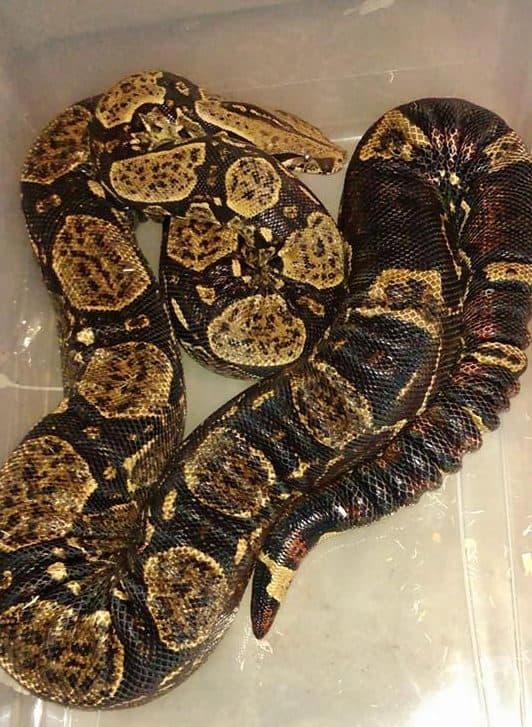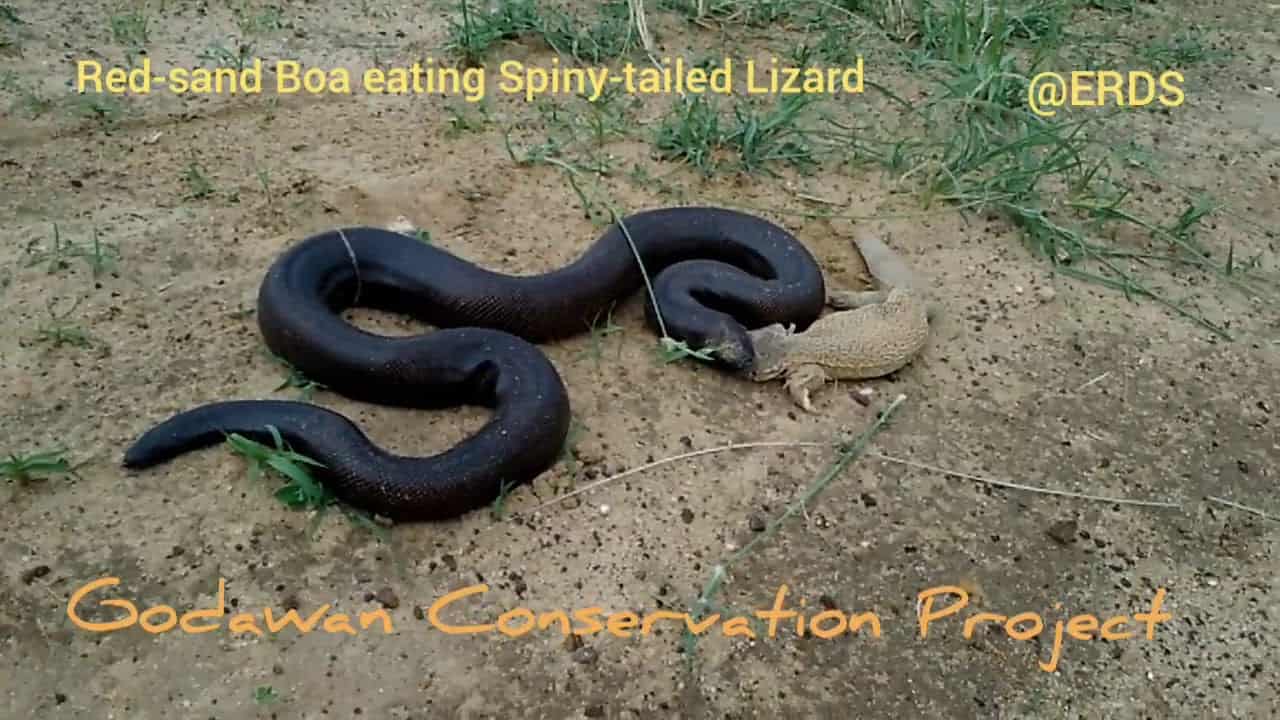
Kenyan Sand Boas are gentle, slow-moving snakes that require minimal care and attention. As such, they’re commonly sold into the pet trade.
Babies and adult snakes prefer frozen/thawed rodents no larger than their body width as a meal once or twice a week.
Frozen mice can be thawed by placing them in a bowl of warm water or letting them defrost overnight. Never use a microwave to thaw prey items as this could make your snake very ill.
Contents
Prey Size
Sand boas are ovoviviparous, meaning their eggs develop within their uterus. Live snakes typically measure 8-10 inches long at birth and can grow to two feet or more in length depending on gender.
Wild, these ambush predators inhabit sandy savanna regions and use their burrows as a hunting platform. When kept in captivity, they should be provided with a dry environment to mimic their natural habitat.
Common prey items include small rodents, birds and lizards; however larger mammals are also eaten in the wild by carnivores. These predators use constrictors to subdue their prey by pinching it or pulling it into a burrow.
In captivity, small pinkie mice can be fed to newborn sand boas as a means of teaching them an accepting attitude toward frozen and thawed prey.
Substrate
Sand boas are fossorial species, meaning that they prefer loose sand substrate for burrowing. Their name comes from the arid sandy scrublands and deserts of western Africa where they can easily burrow in sand to hide from predators or protect themselves from intense sunlight.
They should be housed on a substrate that replicates their natural habitat, with appropriate humidity levels. Commercial sand substrates like Zoo Med ReptiSand or Exo Terra Desert Sand can be used; alternative options include making your own mix using 60% organic topsoil + 40% play sand.
At least 3-4 inches deep is ideal, though deeper is preferable if you have the space. An additional layer of damp substrate beneath the dry substrate creates an underground haven where your sand boa can absorb moisture as needed.
Water
Sand boas are constrictors that prefer live foods, particularly those they can kill on their own. Their natural prey includes lizards and small rodents; however, they will accept frozen-thawed prey if properly prepared.
When using frozen-thawed prey items, warm them first in water before adding to your snake’s food dish. Doing this helps avoid lacerations to the snake’s mouth area and eyes from cutting through its tongue sheath.
Sand boas may experience a decrease in their feeding habits during wintertime due to changes in indoor temperatures. Nonetheless, they should still remain active and consume food regularly for optimal health benefits.
Sand Boas can be trained to mimic live prey by placing a dead mouse in their enclosure. They usually wiggle the mouse around and consume it faster than they would an actual mouse.
Temperature
Sand boas are nocturnal reptiles, meaning they tend to stay indoors during the day. Instead, they prefer burrowing into the sand for temperature regulation and water consumption.
Maintaining your Kenyan Sand Boa’s tank at the ideal temperature is essential for their health and well-being. You can do this by using heat emitters, under-tank heaters or directional lamps to create different temperature zones in your enclosure.
Temperature should never be too hot or cold as this can affect your snake’s digestion and lead to illness. Ideally, the warm side of your Kenyan Sand Boa’s tank should be 95 degrees Fahrenheit while the cool side should be 80 degrees.
In addition to providing quality food, Kenyan Sand Boas should receive fresh water daily. Make sure the bowl is refilled frequently and cleaned thoroughly as well. Besides water, make sure the cage is properly sanitized; this helps prevent scale or mouth rot as well as respiratory infections.




